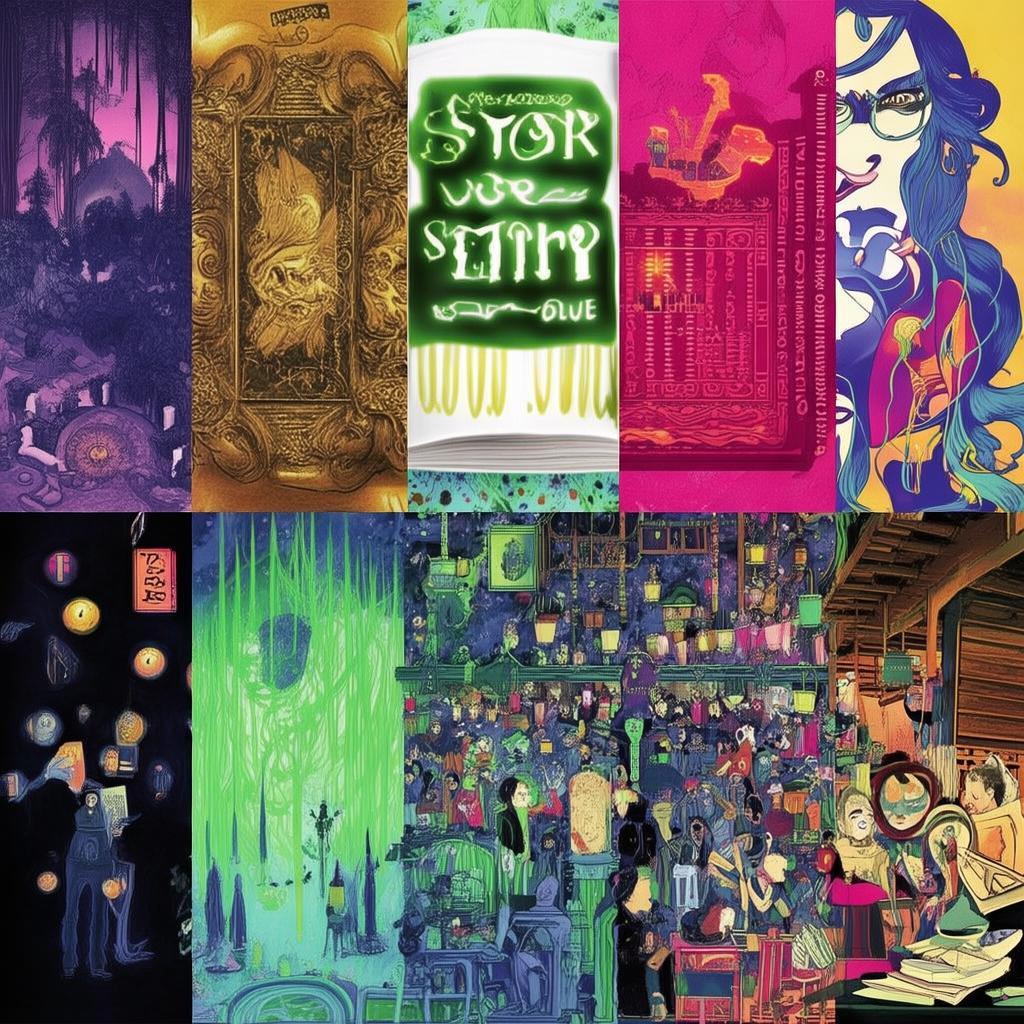The Sky Burial of the Golden Serpent: A Tibetan Tale of Rebirth and Redemption
In the heart of the Tibetan plateau, where the mountains kiss the sky, there lived a young man named Tsering. Tsering was not just a shepherd; he was a guardian of the sacred rituals that bound his people to the earth and the heavens. The sky burial, a ritual of profound respect and transformation, was one such tradition that Tsering had been trained to perform. It was a rite that honored the deceased by allowing their bodies to be consumed by the elements, returning them to the earth from which they came.
One crisp autumn morning, as the first rays of the sun kissed the snow-capped peaks, Tsering was called to perform the sky burial of a man named Chödrön, a revered lama who had passed away in his sleep. Chödrön was a man of great wisdom and compassion, and his death left a void in the hearts of his community. The sky burial was to be a final act of respect, but it would also serve as a powerful lesson for Tsering.
As Tsering prepared the body, he reflected on the life of Chödrön, who had always spoken of the golden serpent, a mythical creature that symbolized rebirth and the transcendence of the soul. The golden serpent was said to be the embodiment of the earth's heart, a place where the spiritual essence of life resides.
Tsering's own life had been a tumultuous journey. His father, a fierce warrior, had been killed in battle, leaving Tsering to be raised by his strict and pious mother. Tsering had always felt a disconnect from his father's legacy, a legacy that seemed to demand blood and violence. The golden serpent, with its promise of rebirth, became a beacon of hope for Tsering, a symbol of a life beyond the cycle of violence and suffering.
As Tsering raised the body of Chödrön to the sky, he felt a strange connection to the lama. He could almost hear Chödrön's voice, urging him to embrace the golden serpent's promise of transformation. The ritual was not just a farewell to Chödrön but a farewell to Tsering's own past.
The wind carried the body high into the sky, and as it was released, the golden serpent appeared, its scales shimmering in the sunlight. The creature descended gracefully, enveloping the body in a golden glow. In that moment, Tsering felt a profound shift within himself. The golden serpent was not just a symbol; it was a reality, a presence that was guiding him towards a new understanding of life and death.

The following days were a whirlwind of activity. Tsering was approached by a group of nomads who were facing a crisis of their own. Their livestock had been stricken by a mysterious illness, and their crops were failing. The nomads believed that the golden serpent had forsaken them, and they were desperate for help.
Tsering, now inspired by the vision of the golden serpent, agreed to help. He traveled with the nomads, performing rituals and offering prayers to the spirits of the earth and sky. Slowly, the illness began to lift, and the crops began to flourish once more. The nomads were overjoyed, and they credited Tsering with their salvation.
As the winter snows began to fall, Tsering returned to his village, his heart filled with gratitude and a newfound sense of purpose. He realized that the golden serpent was not just a symbol of rebirth but a reminder of the interconnectedness of all life. It was a call to protect the earth and the traditions that sustained his people.
Tsering's story spread far and wide, inspiring others to embrace the golden serpent's promise of transformation. He became a teacher, passing on the wisdom of his ancestors and the importance of the sky burial and other sacred rituals. His journey from a young shepherd to a guardian of tradition and a bridge between the earthly and spiritual realms was a testament to the power of rebirth and redemption.
In the end, Tsering understood that the sky burial of the golden serpent was not just a ritual; it was a journey of the soul. It was a journey that led him to find peace within himself and to become a vessel of hope for his people. And so, the legend of Tsering and the golden serpent lived on, a tale of rebirth and redemption that echoed through the mountains and valleys of the Tibetan plateau.
✨ Original Statement ✨
All articles published on this website (including but not limited to text, images, videos, and other content) are original or authorized for reposting and are protected by relevant laws. Without the explicit written permission of this website, no individual or organization may copy, modify, repost, or use the content for commercial purposes.
If you need to quote or cooperate, please contact this site for authorization. We reserve the right to pursue legal responsibility for any unauthorized use.
Hereby declared.









